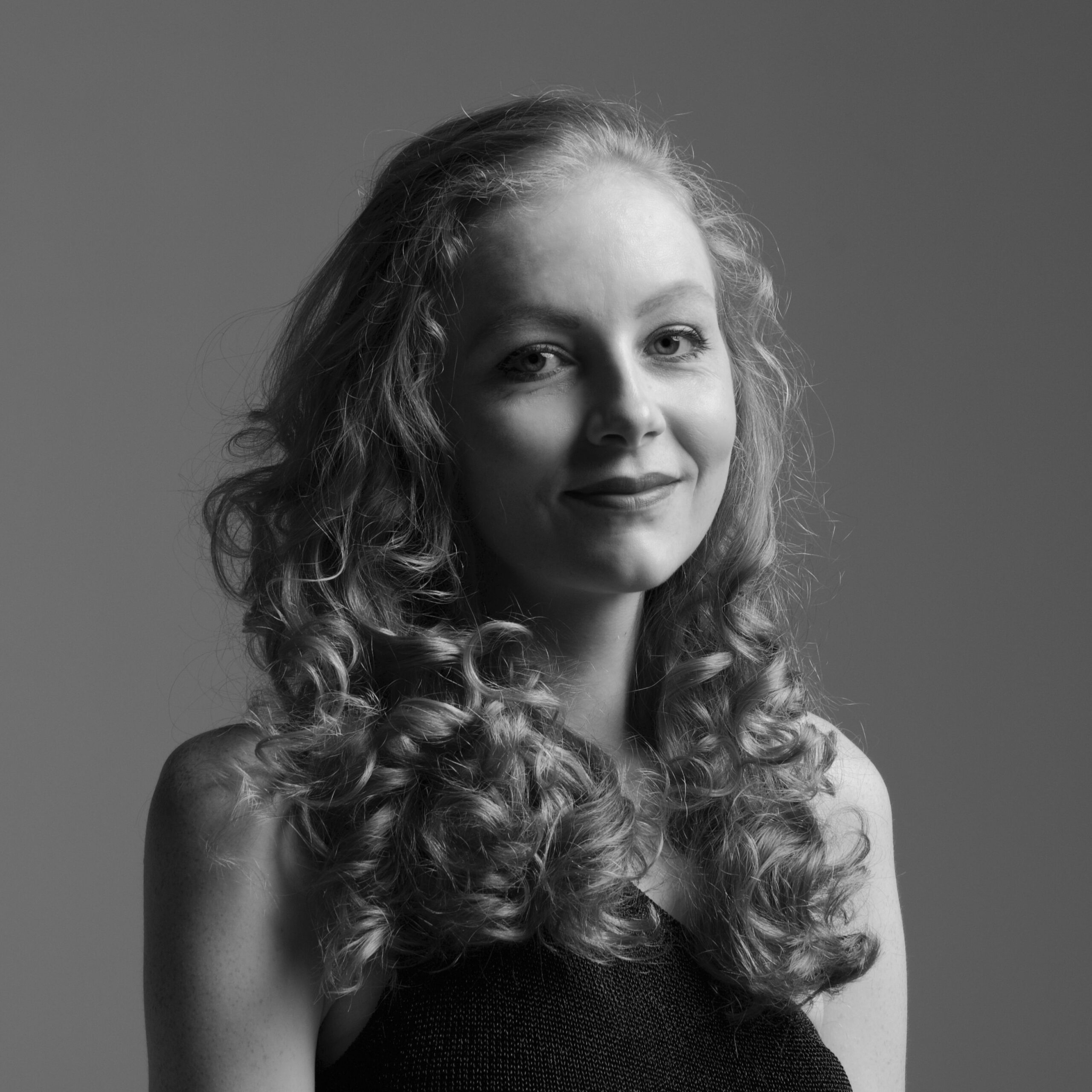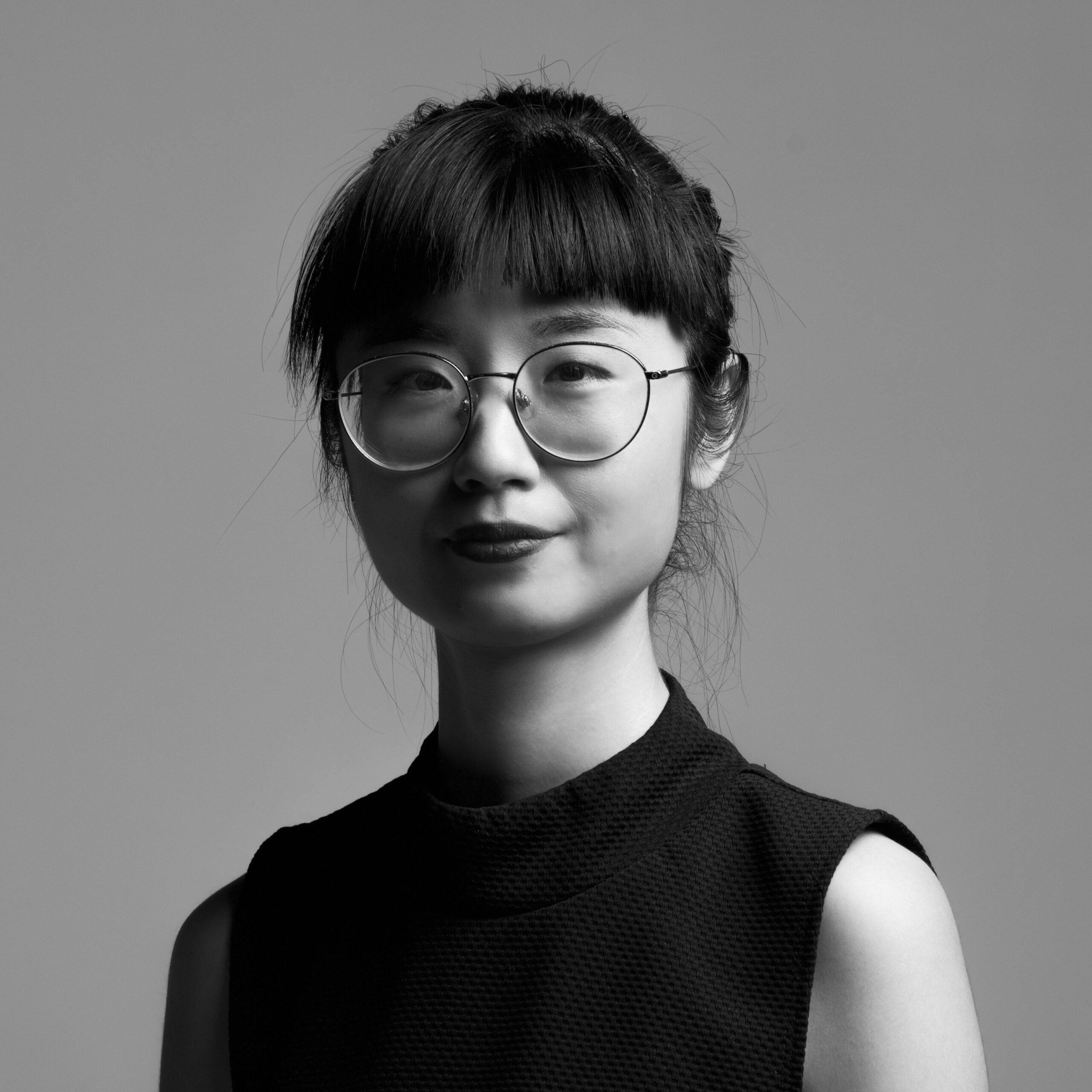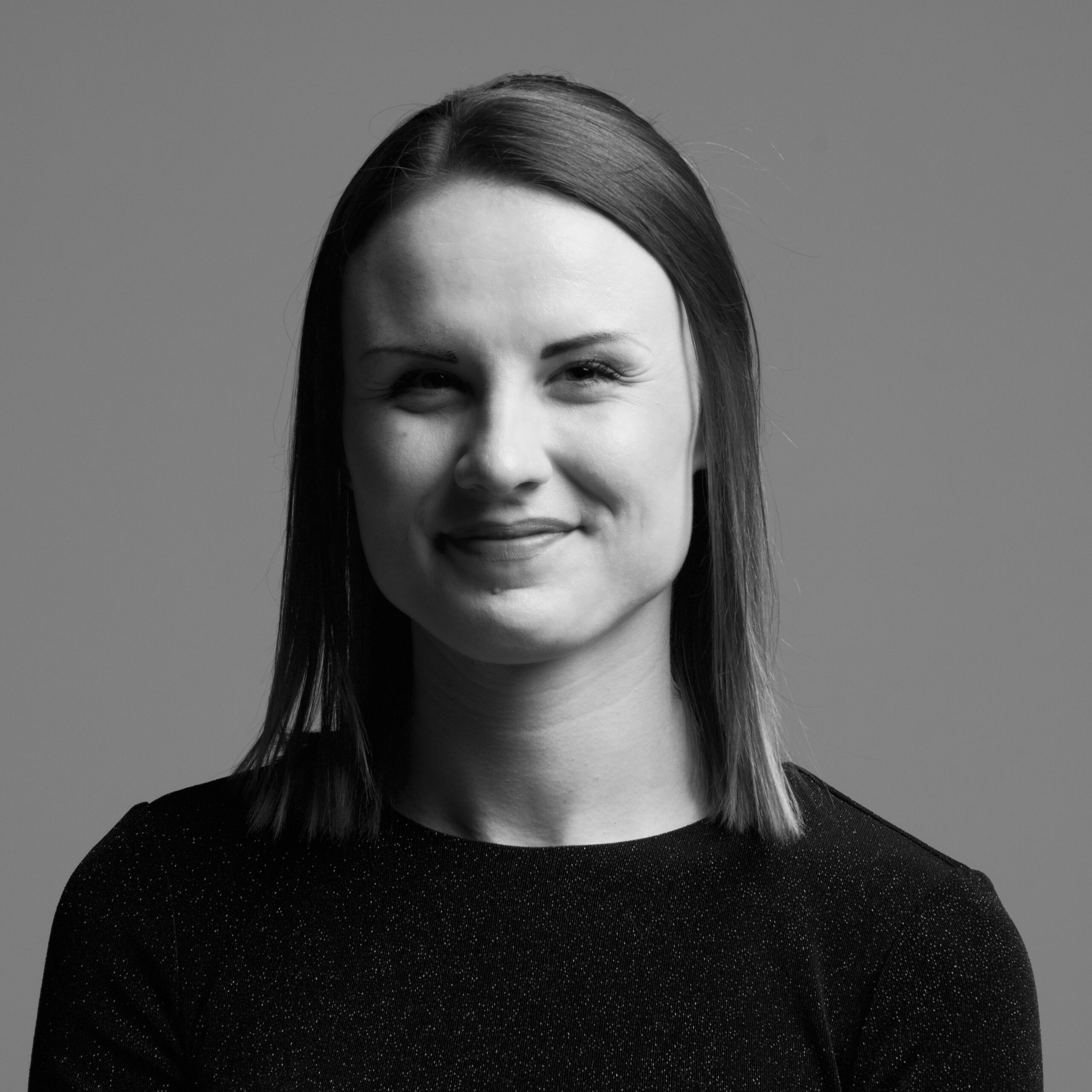Ahead of The Marais Project and HIP Company’s collaboration in Sydney (September 14), Canowindra Baroque Music Festival) (19-21 September) and Perth (4 October) HIP Company members Krista Low, Bonnie de la Hunty and Sara Papadopolous sat down with Philip Pogson to talk all things baroque music.
First of all, what are the origins of ‘HIP Company’ as an ensemble name?
Bonnie: We named ourselves HIP Company after a practice known in the Early Music world as ‘Historically Informed Performance’ or ‘HIP.’ This movement came about in the 1970s and 1980s, with musicians focusing more on informing their performances of music of the past with research of the original style and conventions, to try to realise the composer’s intentions as authentically as possible.
Sarah, Krista and I are all passionate about this way of thinking and working. It means that alongside learning the music written on a page, we look at primary sources to gain an understanding of the original notation, how musicians of the time would have interpreted it, what their instruments were like and how that affected playing style such as articulation, what was considered ‘tasteful’ (for example in ornamentation), socio-historical context, and so on.
HIP Company’s instrumentalists (Sarah on the violin, Krista on the viola da gamba and cello, and our various associate artists on Baroque flute, recorder, harpsichord, organ, theorbo, percussion, and other strings) all play on replicas of instruments from the Baroque era. This teaches us so much about style, tuning and phrasing together, and helps us to recreate the sounds of days gone by.
We also wanted the name to reflect our love for presenting this music in new, innovative, “HIP” ways. We consider the very different contexts of the musical pieces and our audiences, making informed decisions about how to bring them together and what it means to do so.
It’s always a pleasure to meet other colleagues involved in these practices, like The Marais Project!
When and how did the three of you get to know each other?
Krista: Not surprisingly, we all met playing Baroque music! Sarah and I overlapped in our studies at the University of Western Australia (UWA) and played in an early music ensemble tutored by Paul Wright for a number of years. The first time Sarah, Bonnie and I were in a room together was for a regional tour of an all Baroque programme with Perth Symphony Orchestra in 2018. We loved working with each other immediately and, beyond that, hanging out as good friends so the leap to establishing our own ensemble was a fairly logical one!
As a group, what attracts you to early music?
Bonnie: We love rediscovering these pieces of history and exploring how humans think, feel and create over the centuries. So much has changed in the world since the Baroque era when most of our repertoire was written, and yet the themes and emotions we see expressed through art remain relatable. This really makes us stop and think how we can get to the core meaning without imposing anything extra.
We also love the people we get to meet along the way, who share a disposition for this music and for the detailed approach this all requires.
The east and west of Australia are a long way apart. Can you describe the Perth early music scene for us? How it is the same and different to Sydney and Melbourne as you see it?
Sarah: They are a long way apart, indeed! I have certainly been feeling the distance being involved in both the Perth and Sydney early music scenes over the last year and a half. The Perth early music scene, whilst much smaller than Sydney, has some really incredible players. We have always been very lucky to have fantastic teachers specifically for early music at the universities, and this led to a great output of players, particularly in the ‘90s. Many of these people moved away from Perth for more playing work opportunities, but we are very lucky that some have returned – too tempted by the sensational beach lifestyle! Between these returning musicians and the few who did choose to stay, it means there has always been early music happening in Perth and I am very thankful to have been guided by them.
To me, the scene in Sydney is huge! This may sound bizarre to other early musicians in Sydney as I often hear them say that everyone knows each other and it’s a close-knit community, but to me I think it will always feel big! I love that there are multiple ensembles that can co-exist in one city, with audiences packing out the venues for multiple concerts of the same programme. For me, this is the biggest difference I have noticed. Perth concerts tend to not repeat more than twice due to the smaller audience, whereas that is commonplace in Sydney. I am not so familiar with the Melbourne early music scene, but I certainly enjoy going over there and performing from time to time!
What was the process of getting to know Jenny Eriksson and The Marais Project?
Bonnie: Our ‘Rendez-Vous’ programme has been several years in the making, and we are very excited to be performing it in Perth, Sydney and Canowindra this year.
I had had the pleasure of meeting with both Susie and Tommie years ago in different contexts: Susie in 2014, when we both did a Young Artist programme with The Song Company at Canberra International Music Festival together; and Tommie through a few concert series I’ve done over the years with the Australian Brandenburg Orchestra, beginning with their Noël! Noël! in 2018.
By the time HIP Company released our debut Pastorales album in 2021, Krista, Sarah and I were frequent listeners and big fans of The Marais Project, having heard them on the radio and various online platforms. So we were very humbled when Jenny contacted us about Pastorales and was so encouraging about our work.
Keeping in touch online, we soon recognised a kindred spirit in Jenny, and she and I met for coffee in Sydney in 2022 while I was there. We both loved the idea of collaborating, and eventually the groups came together for workshops in Sydney in 2023, and WA in 2024. We feel very lucky to have found a second little musical family on the other side of Australia.
Both HIP Company and The Marais Project are performing at the Canowindra Baroque Music Festival in September 2025. What can audiences expect over this wonderful weekend of music, wine and food?
Krista: Jenny (Eriksson) has curated a really beautiful and diverse programme for the Festival this year. One of the things that HIP Company have found in common with The Marais Project is our love of discovering amazing Baroque works that are perhaps outside of the regular canon, and showing modern audiences just how ripe for reinvention this era of music is. I think this is really reflected in concerts on offer. As well as our combined concert with The Marais Project of the cream of French Baroque music, Rendez-Vous, which will be performed alongside an amazing three-course dinner (save some for us please!), HIP Company is also performing selections from our new album Bedlam in Concert 3. Throughout the rest of the Festival programme is a fascinating, wide range of music all with a Baroque bent, from Swedish folk song, contemporary Australian works for Baroque instruments, to jazz improvisations on Bach – I think there will really be something for everyone!
The joint HIP/Marais Project program in Sydney on 14 September is called Rendez-Vous and has a focus on the French baroque. Are there ways that French music of the baroque era differs from, say, Italian and German approaches?
 Sarah: There certainly is a big difference between French baroque music and other nationalities. French music is very prescriptive, even differing vastly between French composers of the time. Various symbols indicating ornamentation will have a different meaning depending on the composer, and it requires much attention to detail in execution. For example, the amount of alternations between notes in trills, and how they terminate at cadences. The performer’s approach to French music also requires a great deal of thought into bow expression and beat hierarchy, whereas there tends to be a few more liberties allowed in Italian baroque music. These are just a couple to note, but the list goes on!
Sarah: There certainly is a big difference between French baroque music and other nationalities. French music is very prescriptive, even differing vastly between French composers of the time. Various symbols indicating ornamentation will have a different meaning depending on the composer, and it requires much attention to detail in execution. For example, the amount of alternations between notes in trills, and how they terminate at cadences. The performer’s approach to French music also requires a great deal of thought into bow expression and beat hierarchy, whereas there tends to be a few more liberties allowed in Italian baroque music. These are just a couple to note, but the list goes on!
Finally, HIP Company has recently recorded your second album, Bedlam. What is the idea behind this project?
Krista: We’ve been wanting to record this programme since performing it in concert in 2022, Perth. As with many of our programmes, we were fascinated not just by the music of the Baroque period but the way in which it reflected what was happening socially and culturally at the same time. The title Bedlam refers to the notorious psychiatric hospital, ‘Bethlem Royal Hospital’ in London, which was the source of much morbid curiosity from the general public who would come to view the patients of the hospital like one might visit animals in a zoo. While our modern understanding of mental health and the human condition has thankfully moved on since then, this dark fascination with the psyche was fertile ground for composers like John Eccles and Henry Purcell whose characterful and compelling ‘mad songs’ feature prominently on the album. Alongside these are instrumental variations on the famous La Follia theme (‘follia’ means ‘madness’ in Italian), a beautiful consort by Matthew Locke who was a contemporary of Purcell and Eccles, and an arrangement by our very own Bonnie de la Hunty of the English folk song, ‘Bedlam Boys.’ It’s been such a labour of love and a long time in the making and, fingers crossed, we should have some copies available very soon.
Opportunities to hear HIP Company & The Marais Project
- Sydney, Sunday 14 September – https://events.humanitix.com/rendezvous-yk5sujge
- Canowindra Baroque Music Festival, 19 – 21 September – https://www.baroquefest.org.au/
- Perth, Saturday 4 October – https://events.humanitix.com/rendez-vous-perth




